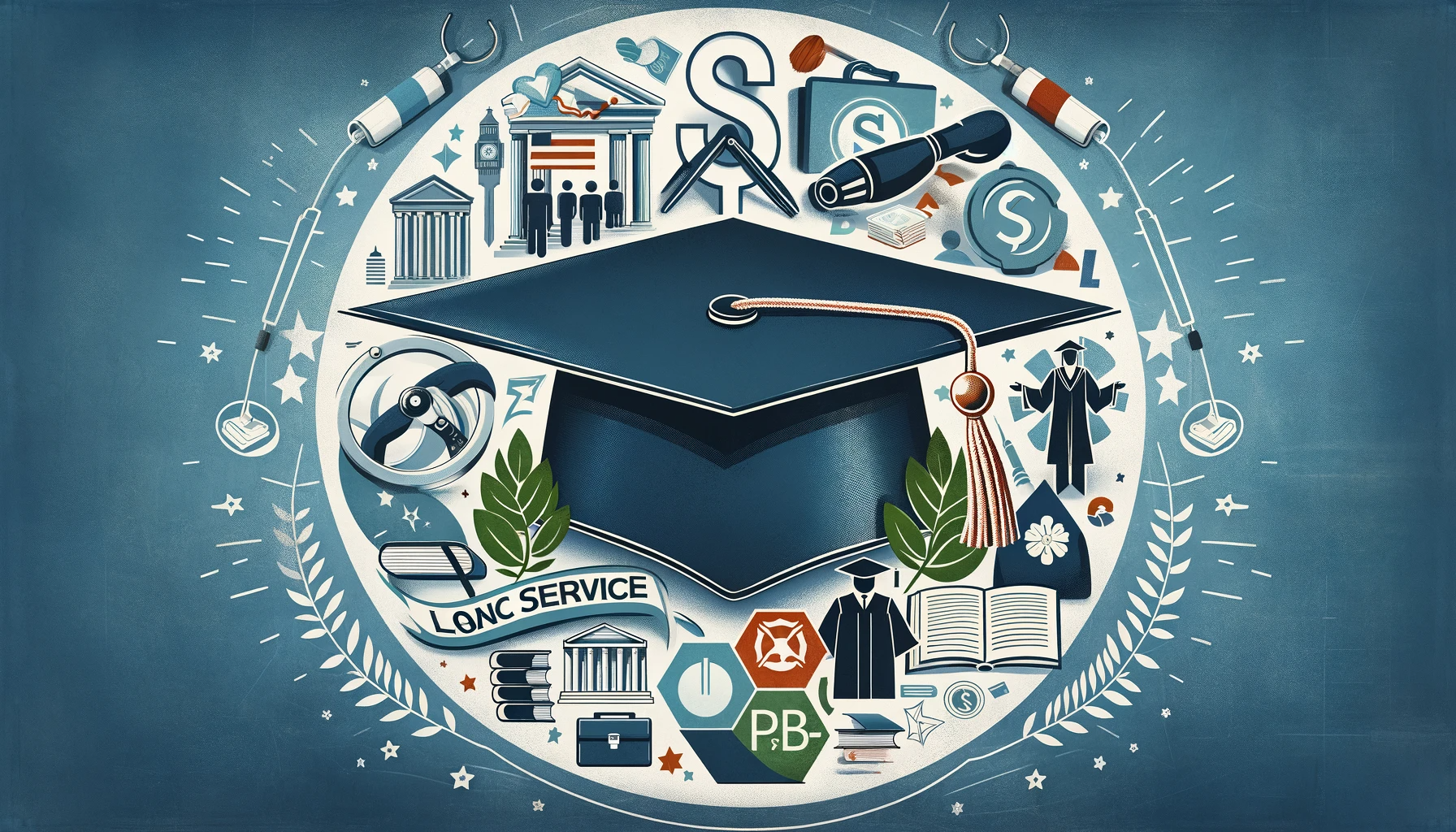Introduction
In a world where education is increasingly pivotal yet alarmingly expensive, the Public Service Loan Forgiveness (PSLF) program emerges as a beacon of hope for those dedicating their careers to public service. This program, established by the U.S. government, is designed to alleviate the burden of student loan debt for individuals working in public sector jobs. In this blog post, we’ll delve into the nuances of PSLF, its eligibility criteria, benefits, and the steps involved in applying for this program.
What is Public Service Loan Forgiveness (PSLF)?
Public Service Loan Forgiveness is a federal program introduced in 2007, under the College Cost Reduction and Access Act. It’s designed to forgive the remaining balance on Direct Loans after the borrower has made 120 qualifying monthly payments under a qualifying repayment plan while working full-time for a qualifying employer.
Who Qualifies for PSLF?
Eligibility for PSLF hinges on several key factors:
- Employment: You must work for a U.S. federal, state, local, or tribal government or not-for-profit organization.
- Loan Type: Only federal Direct Loans are eligible for PSLF.
- Repayment Plan: You need to be on an income-driven repayment plan.
- Payment History: 120 qualifying payments are required, which are payments made after October 1, 2007, under a qualifying repayment plan, for the full amount due, no later than 15 days after the due date, and while you are employed by a qualifying employer.
The Benefits of PSLF
The primary benefit of PSLF is the forgiveness of the remaining balance on your Direct Loans after you have made 120 qualifying payments. This can significantly reduce the financial burden for those committed to public service careers, often characterized by lower salaries compared to the private sector.
How to Apply for PSLF
- Ensure you have eligible loans: Only Direct Loans are eligible for PSLF.
- Enroll in an income-driven repayment plan: These plans base your monthly payments on your income.
- Work in qualifying employment: Full-time employment in government, military, public education, or a non-profit sector qualifies.
- Make 120 qualifying payments: Keep track of your payments and ensure they meet the criteria.
- Submit the PSLF application: After making your 120th qualifying payment, submit the PSLF application to the U.S. Department of Education.
Challenges and Considerations
- Documentation: Keeping accurate records of your employment and loan payments is crucial.
- Employment Changes: Switching to a non-qualifying job can affect your eligibility.
- Financial Planning: While pursuing PSLF, it’s important to manage other aspects of your personal finance effectively.
Recent Updates
As of my last knowledge update in April 2023, there might have been changes or updates to the PSLF program. It’s always recommended to check the official Federal Student Aid website for the most current information.
Conclusion
Public Service Loan Forgiveness is a valuable program for those dedicating their careers to public service. By reducing the burden of student loans, it enables professionals to focus on contributing positively to society without the looming stress of debt. If you meet the criteria, PSLF can be an excellent avenue to financial freedom, allowing you to pursue your passion in public service.
